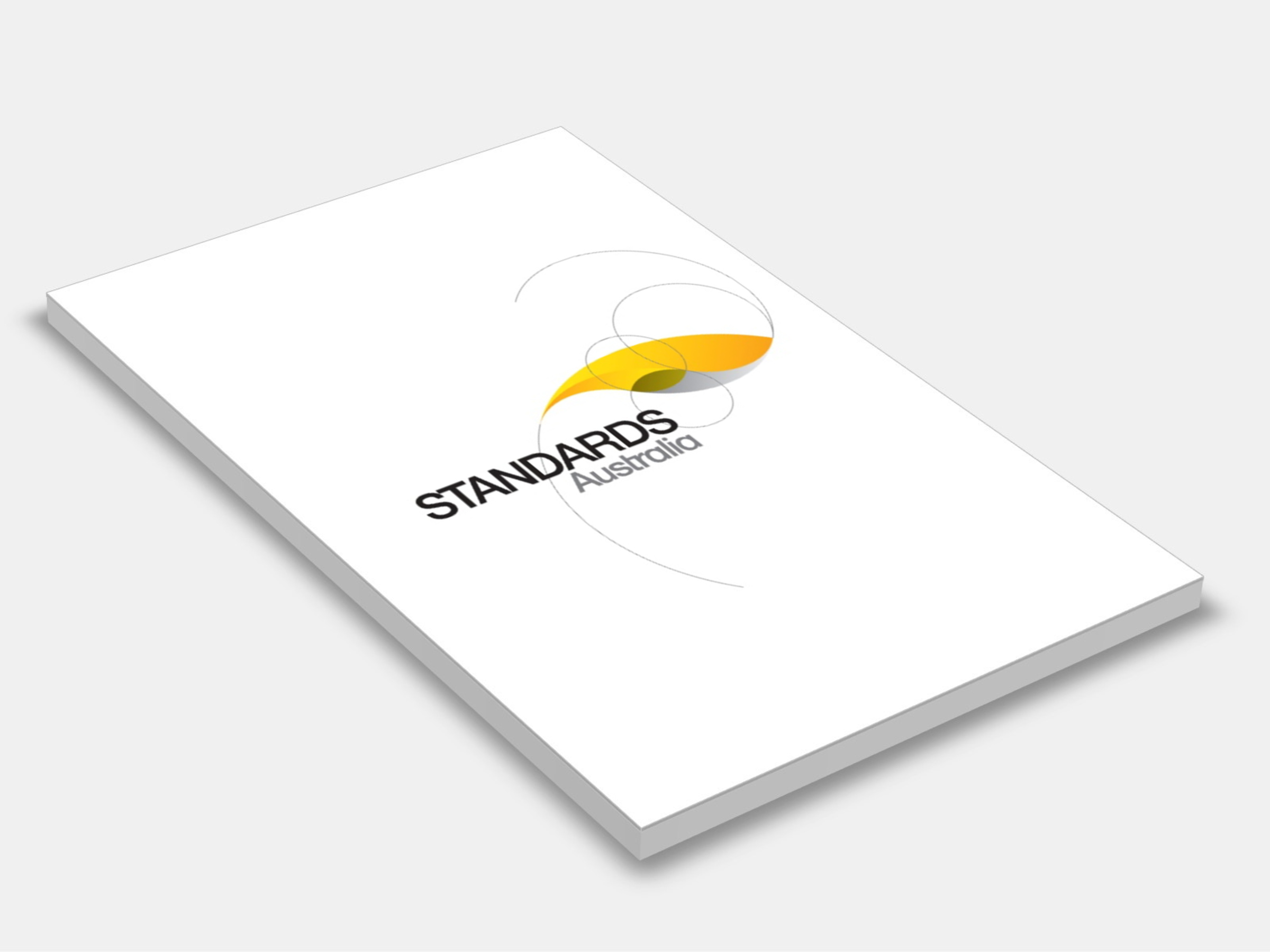
Type
Publisher
Standards Australia/Standards New Zealand
Publisher
Standards Australia/Standards New Zealand
Version:
Third Edition 2017.
(Pending Revision)
Short Description
Sets out a method for cable selection for those types of electrical cables and methods of installation that are in common use at working voltages up to and including 0.6/1 kV at 50 Hz a.c.

Type
Publisher
Standards Australia/Standards New Zealand
Publisher
Standards Australia/Standards New Zealand
Version:
First Edition 2010.
(Pending Revision)
Short Description
Provides requirements and guidance for the design of stand-alone power systems with energy storage at extra-low voltage and used for the supply of extra-low and/or low voltage electric power in a domestic situation.
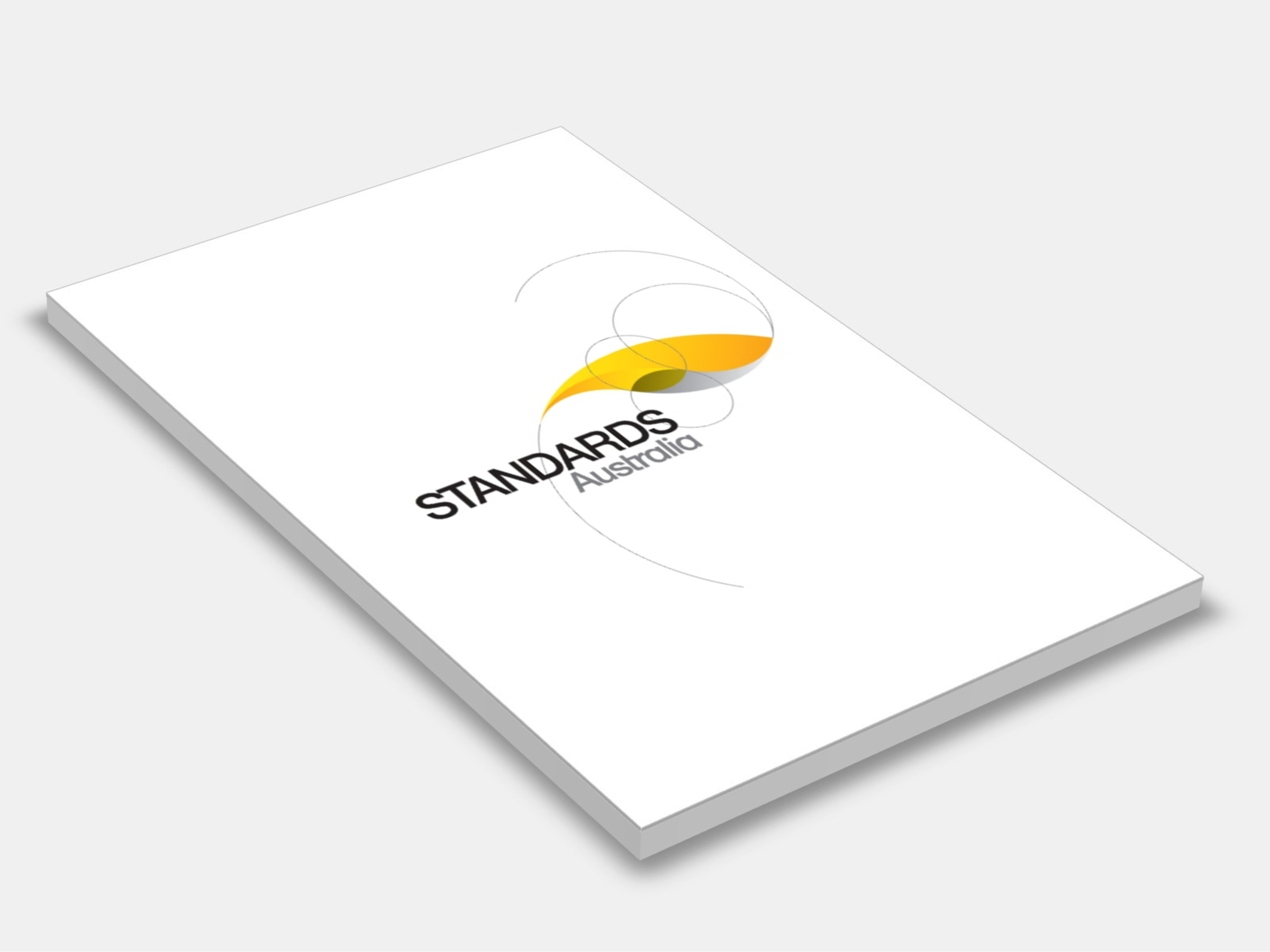
Type
Publisher
Standards Australia/Standards New Zealand
Publisher
Standards Australia/Standards New Zealand
Version:
First Edition 2009.
(Pending Revision)
Short Description
Sets out safety and installation requirements for stand-alone power systems used for the supply of extra-low (ELV) and/or low voltage (LV) electric power to a single load, or an electrical installation in a single residence or building, or a group of residences or buildings and associated items with switchboards to AS/NZS 3000 requirements.
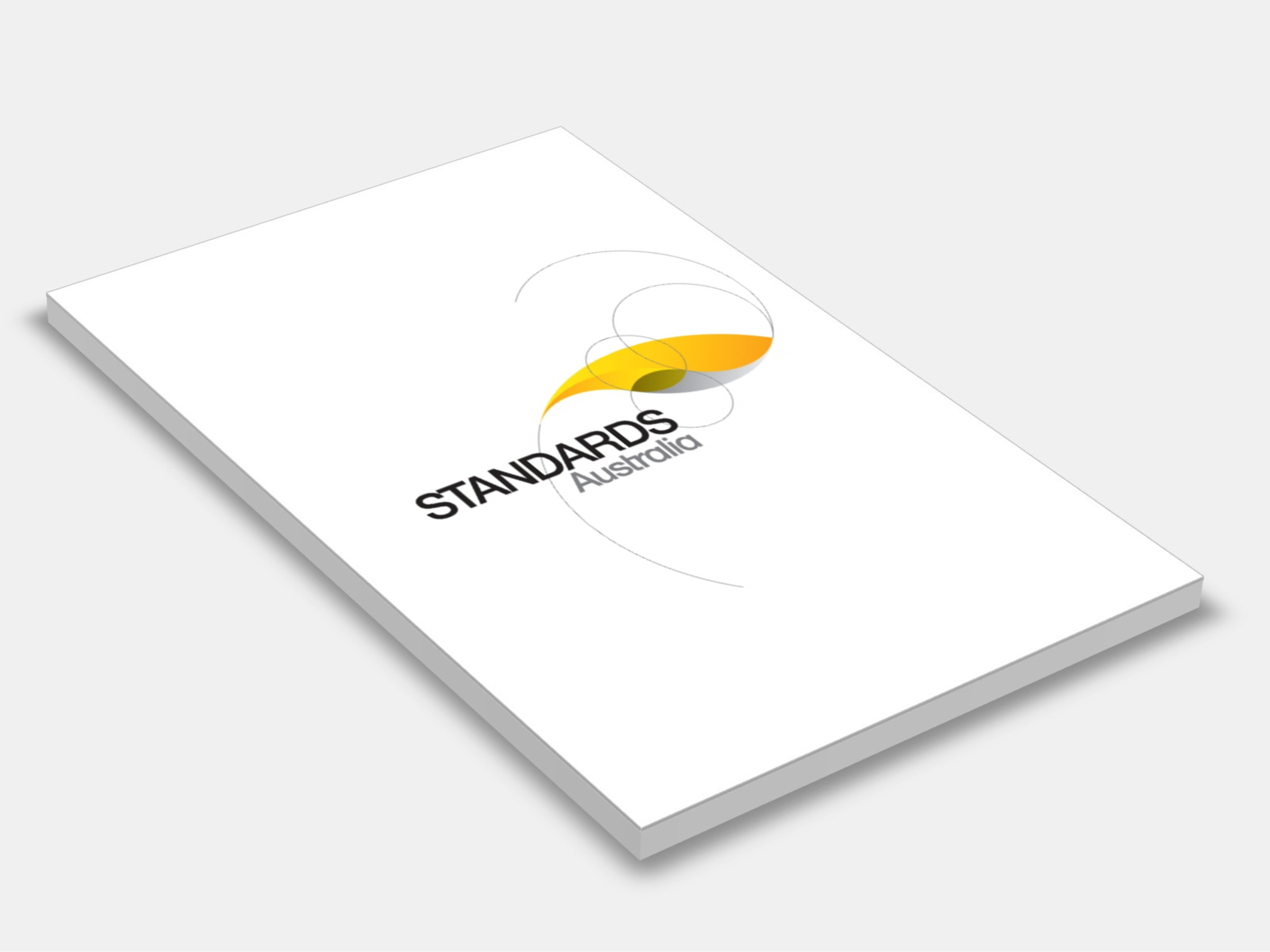
Type
Publisher
Standards Australia/Standards New Zealand
Publisher
Standards Australia/Standards New Zealand
Version:
Fourth Edition 2024.
(Current)
Short Description
AS/NZS 4777.1:2024 specifies safety and installation requirements for inverter energy systems (IES) intended for the injection of electric power through an electrical installation to the grid. IES are distributed energy resources when connecting to the grid and need to ensure overall safe operation of the installation and interaction with the broader grid
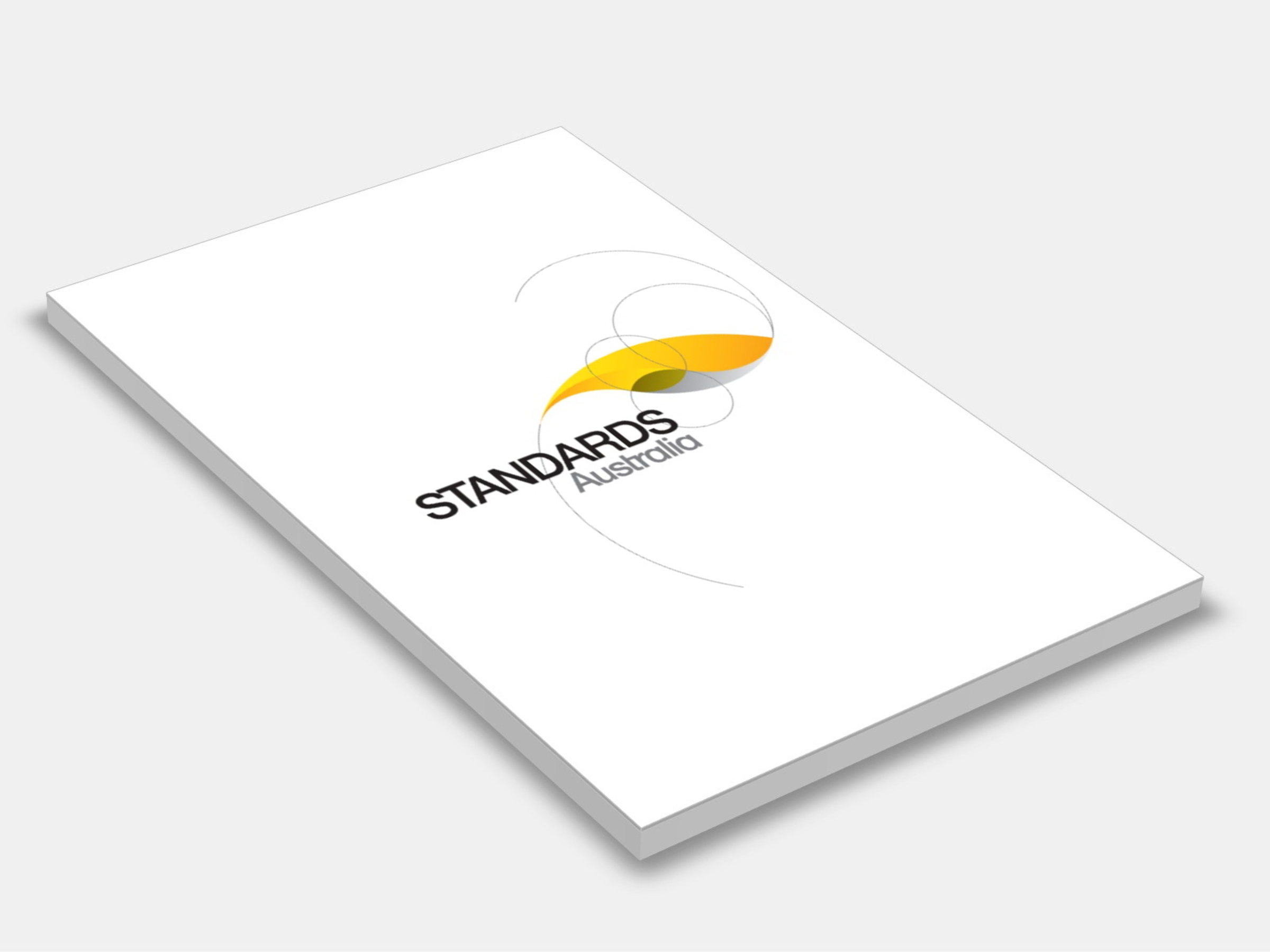
Type
Publisher
Standards Australia
Publisher
Standards Australia
Version:
Second Edition 1993.
(Current)
Short Description
Specifies the apparatus and test method for determining the flammability index of a material. Main changes in this edition of the Standard are the inclusion of a statistical evaluation of the test results, a change to the speed factor formula so that the flammability indices form a continuous range and a more detailed form of test report.
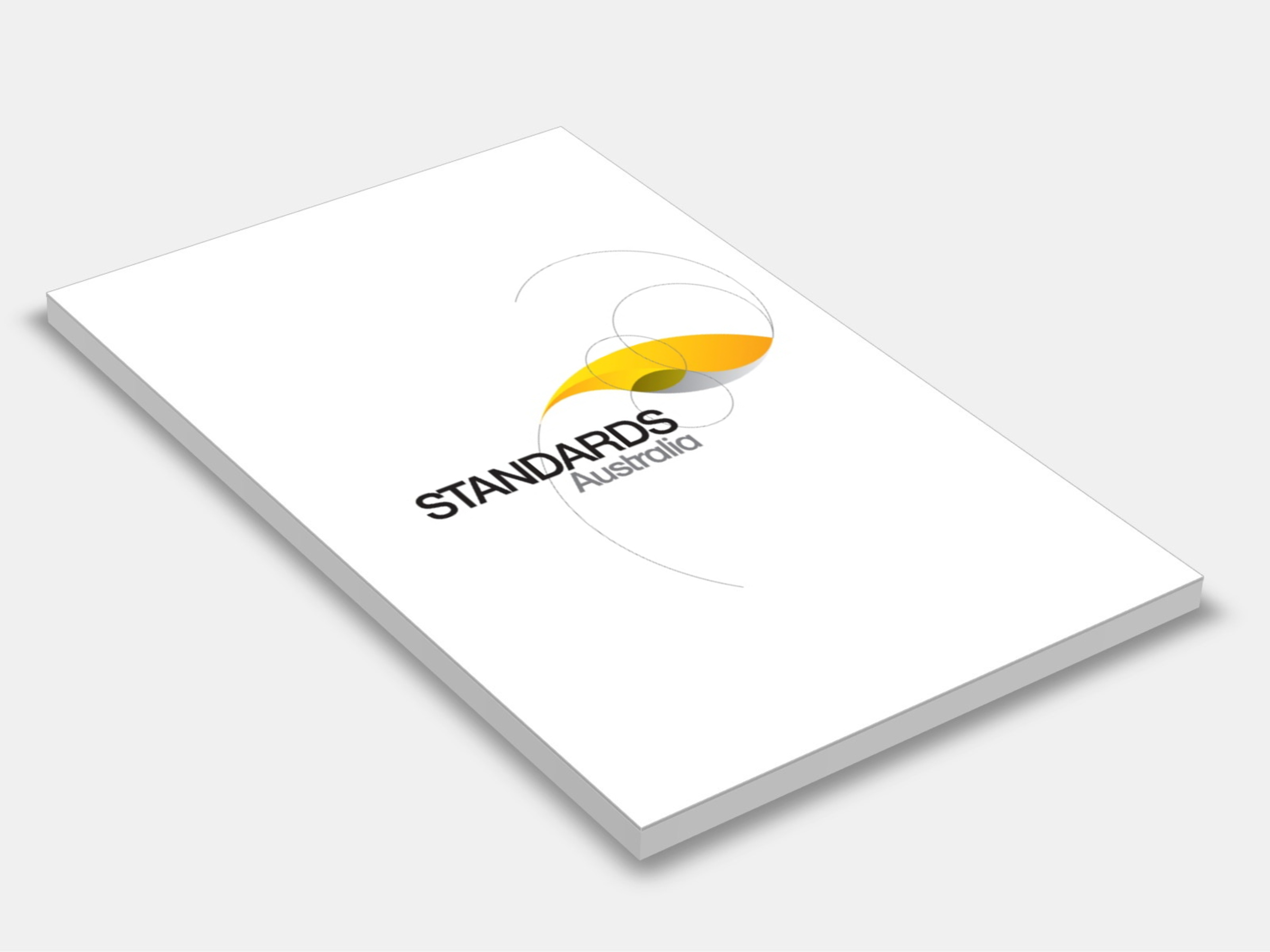
Type
Publisher
Standards Australia
Publisher
Standards Australia
Version:
Sixth Edition 2014.
(Current)
Short Description
Sets out test procedures and criteria for the determination of fire-resistance of elements of building construction.
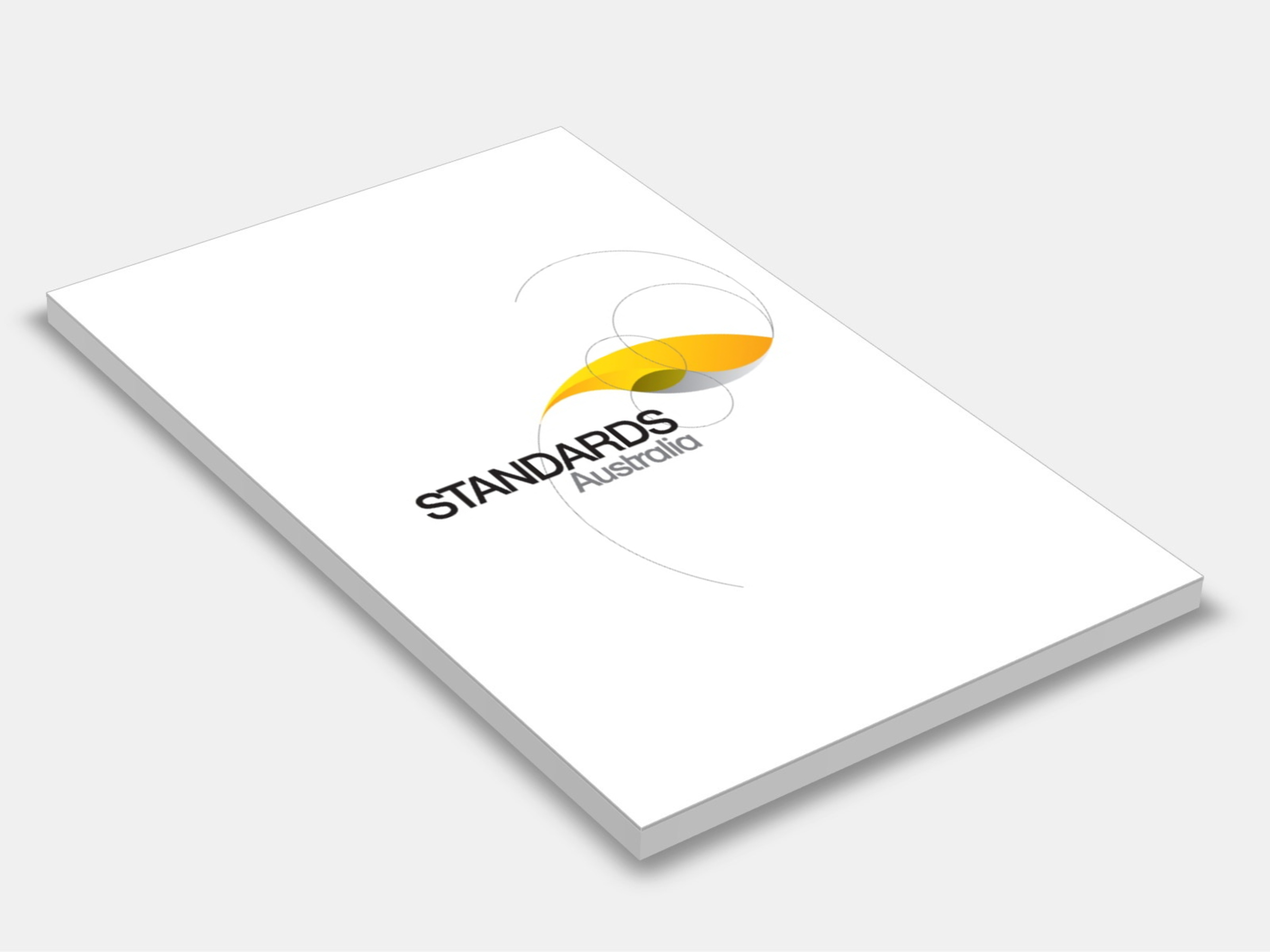
Type
Publisher
Standards Australia/Standards New Zealand
Publisher
Standards Australia/Standards New Zealand
Version:
First Edition 1998.
(Current)
Short Description
Sets out a test method for the determination of ignitability, heat release rates, mass loss rates, effective heat of combustion and smoke release of materials and products when exposed to controlled levels of radiant heating.
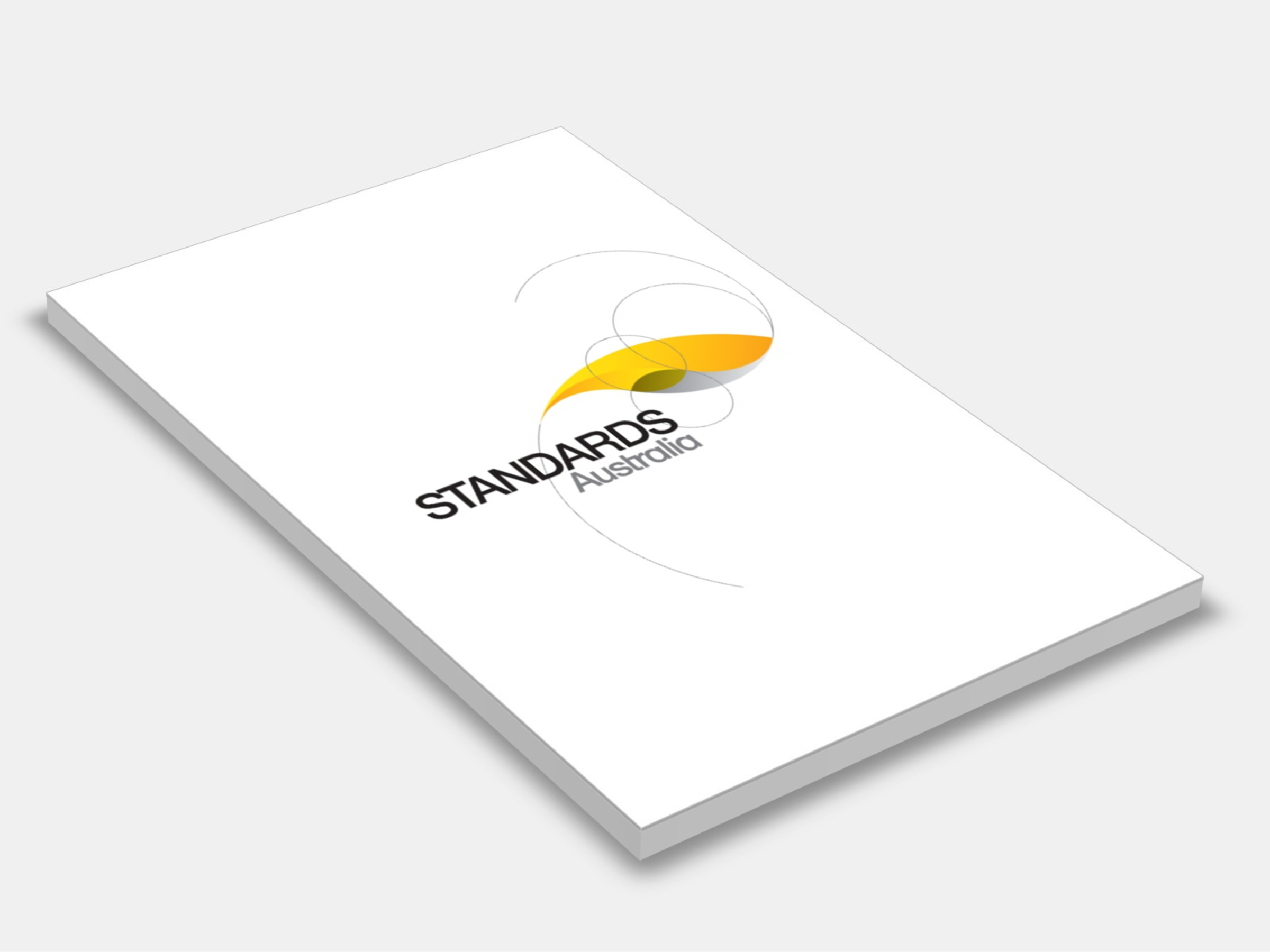
Type
Publisher
Standards Australia/Standards New Zealand
Publisher
Standards Australia/Standards New Zealand
Version:
First Edition 1999.
(Current)
Short Description
Describes a single test method for grading building materials on the basis of ignition tendency, flame spread, heat development and tendency to produce smoke.
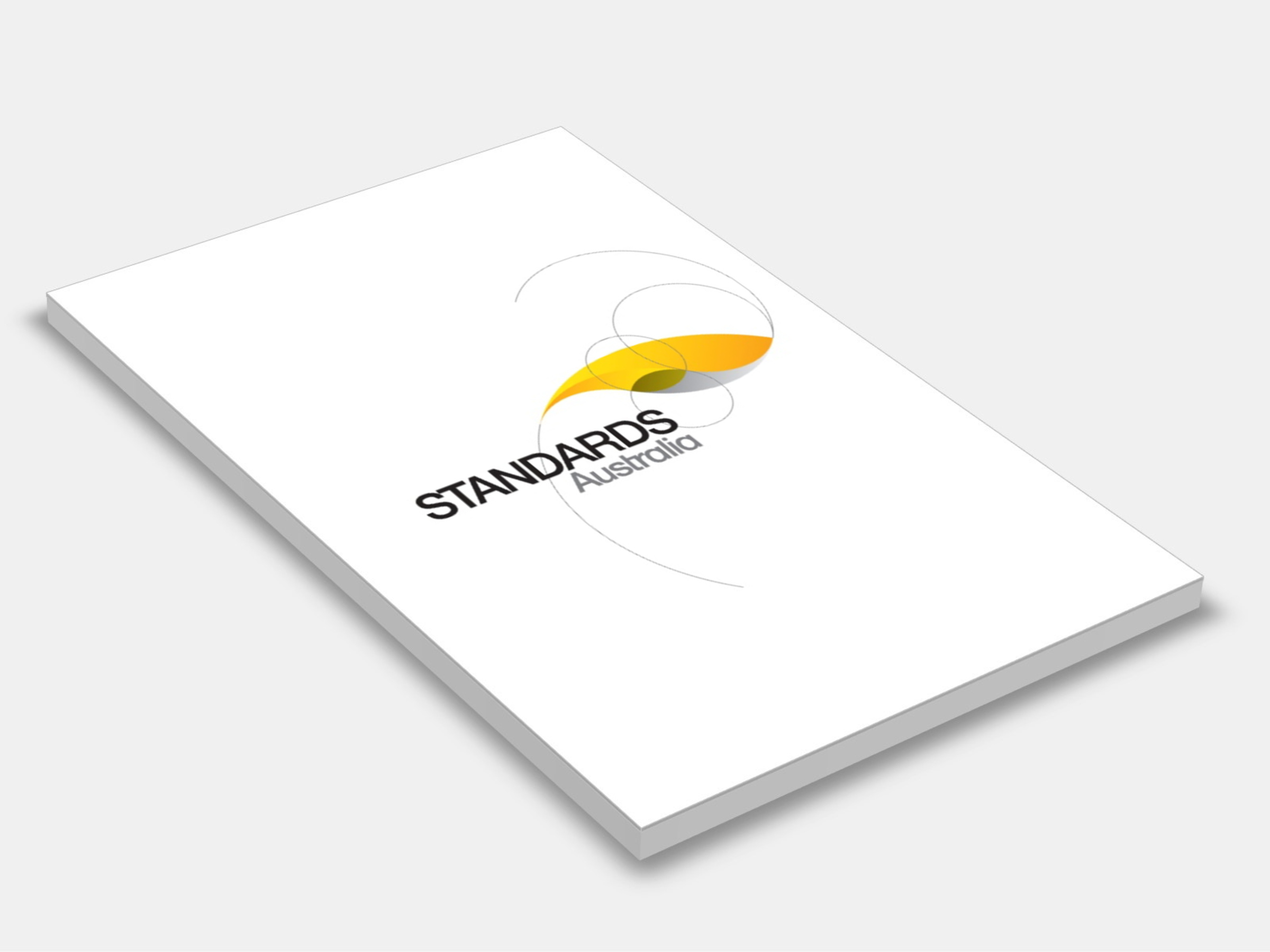
Type
Publisher
Standards Australia
Publisher
Standards Australia
Version:
Fourth Edition 2024.
(Current)
Short Description
Specifies a test method for determining the combustibility of building materials and is one of a series of test methods of evaluating the potential fire hazard of building products; the test is for building materials other than coated, faced or laminated materials which, although not completely inert, produce only a limited amount of heat and flame when exposed to temperatures of approximately 750 °C.

Type
Publisher
Standards Australia/Standards New Zealand
Publisher
Standards Australia/Standards New Zealand
Version:
First Edition 2016.
(Superseded)
Short Description
Specifies the electrical and general safety installation requirements for inverter energy systems (IES) up to or equal to 200kVA for the injection of electric power to an electrical installation connected to the grid at low voltage.